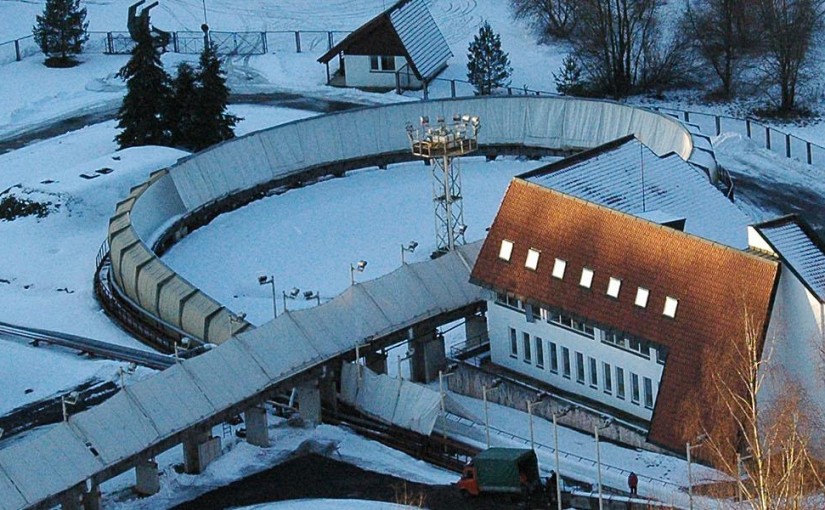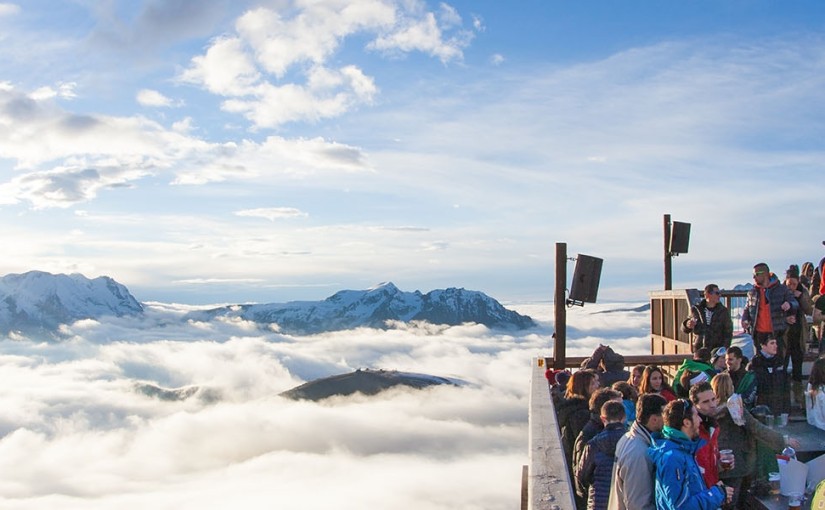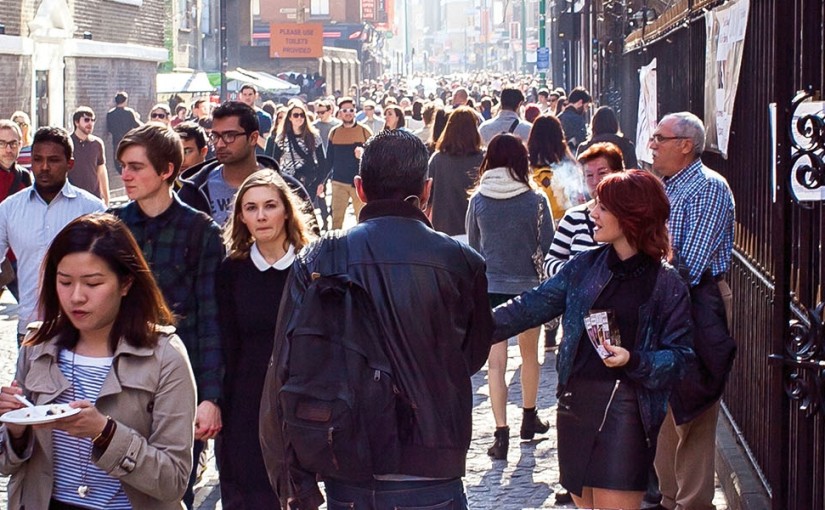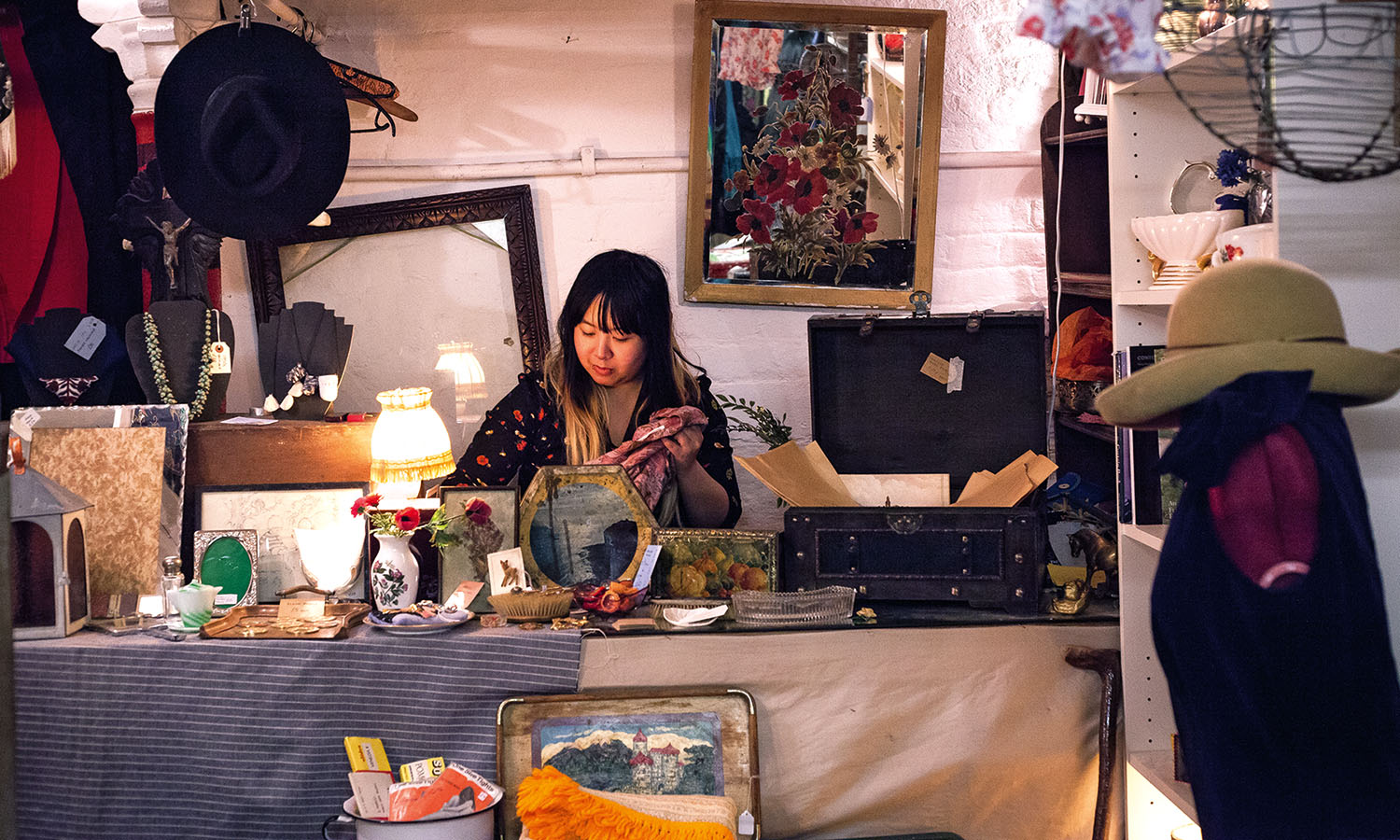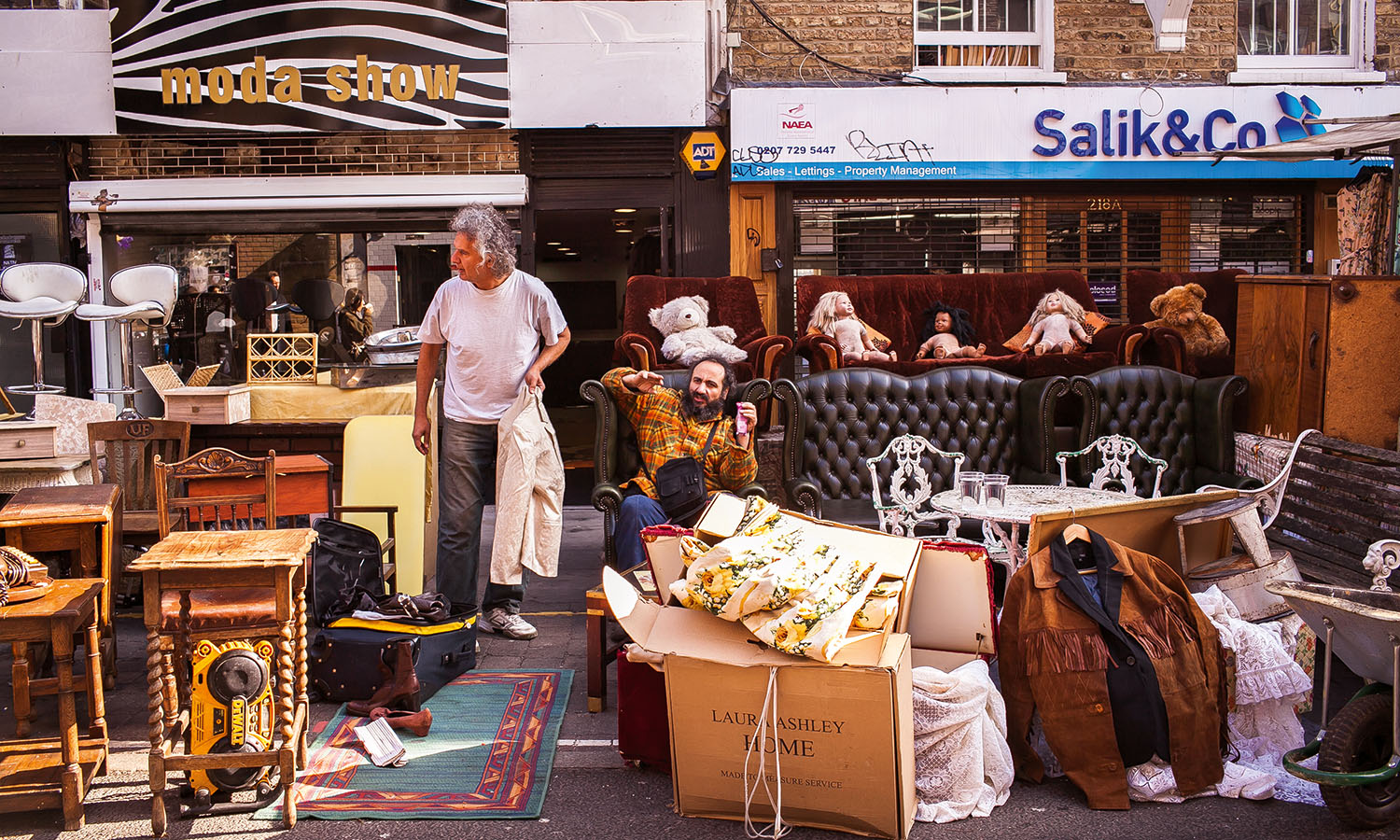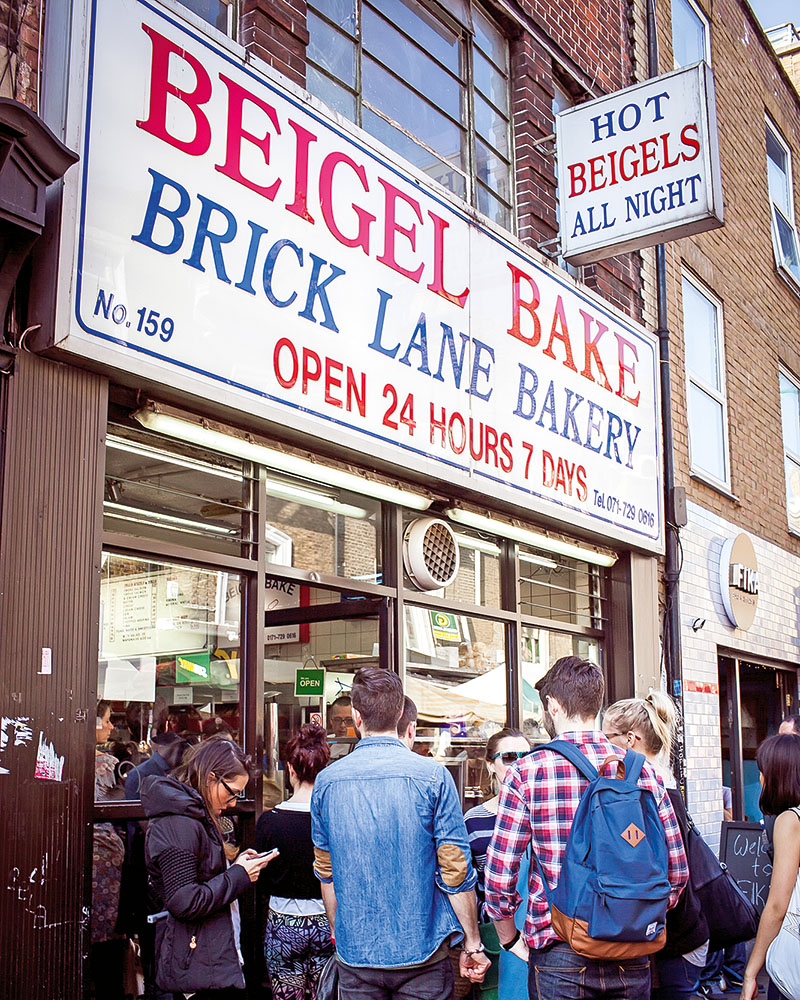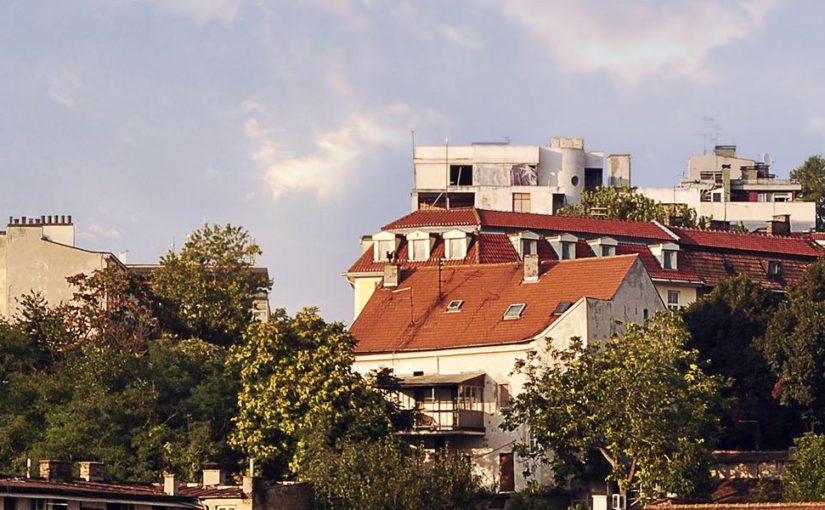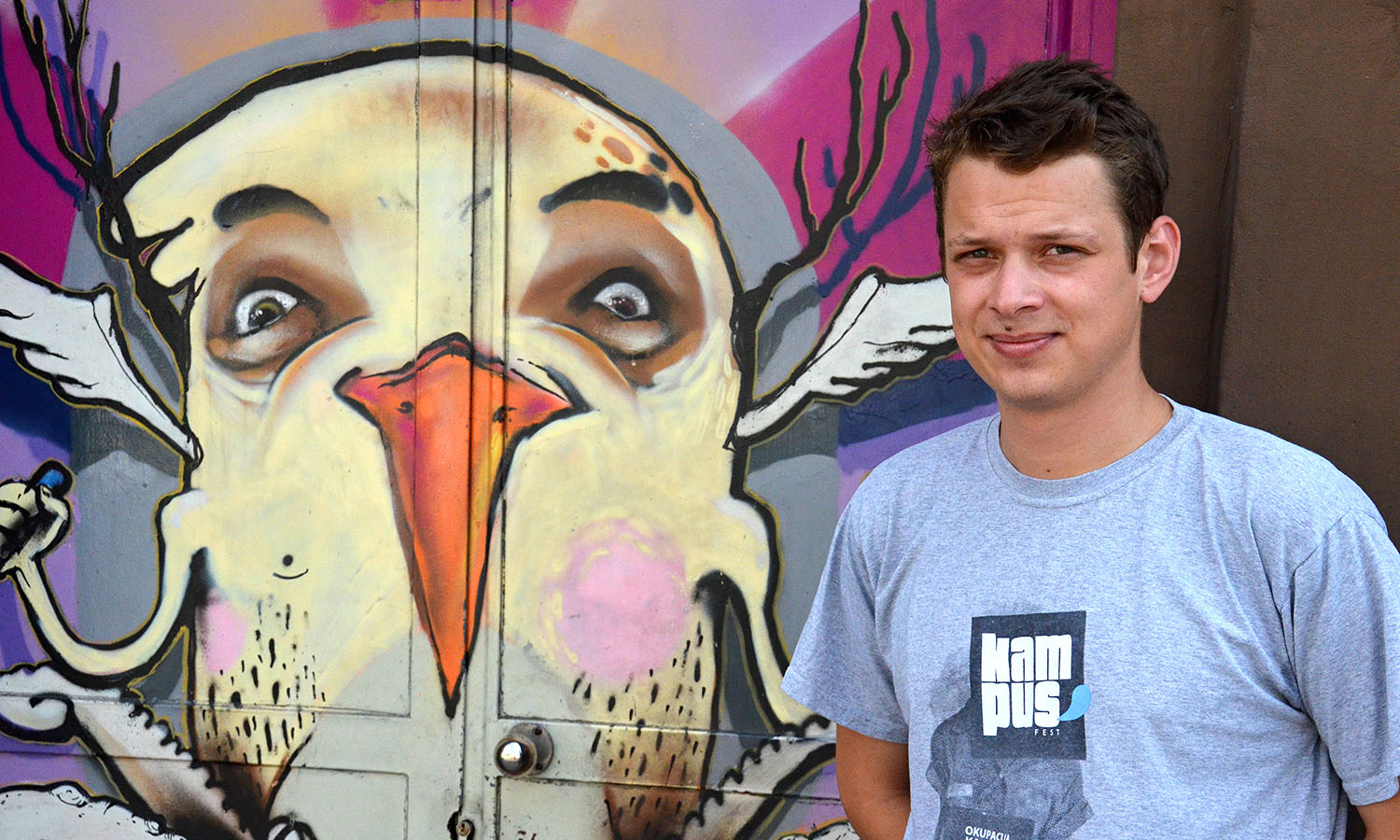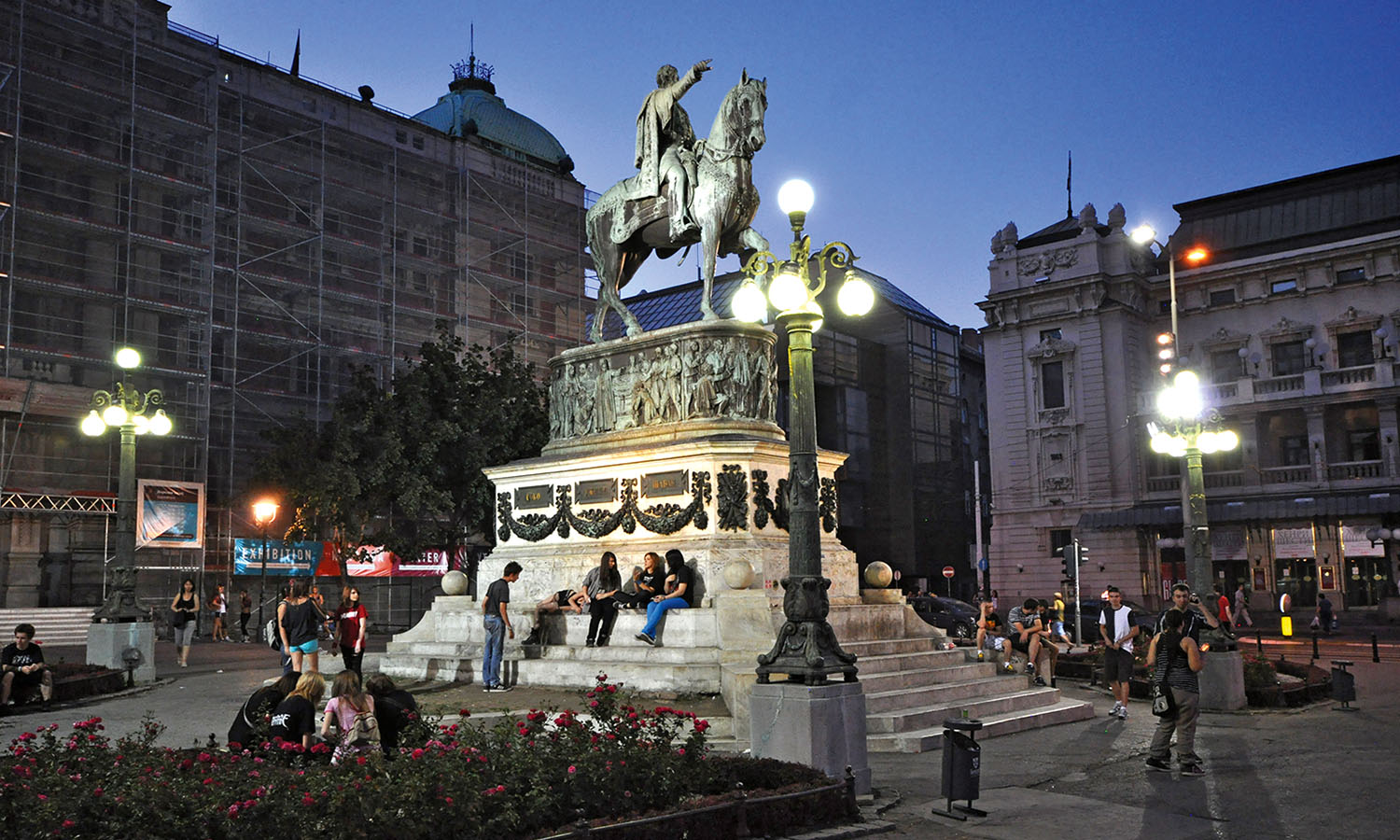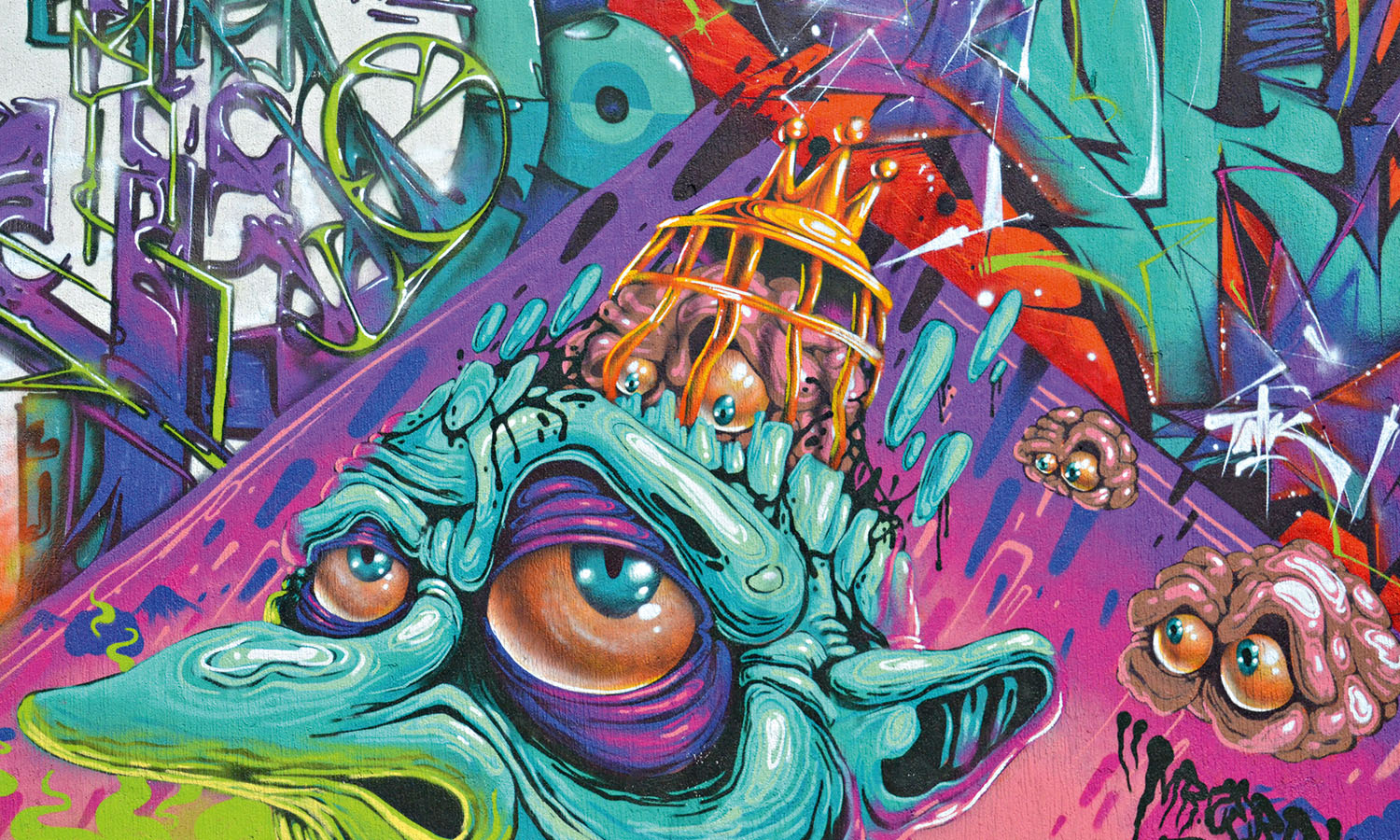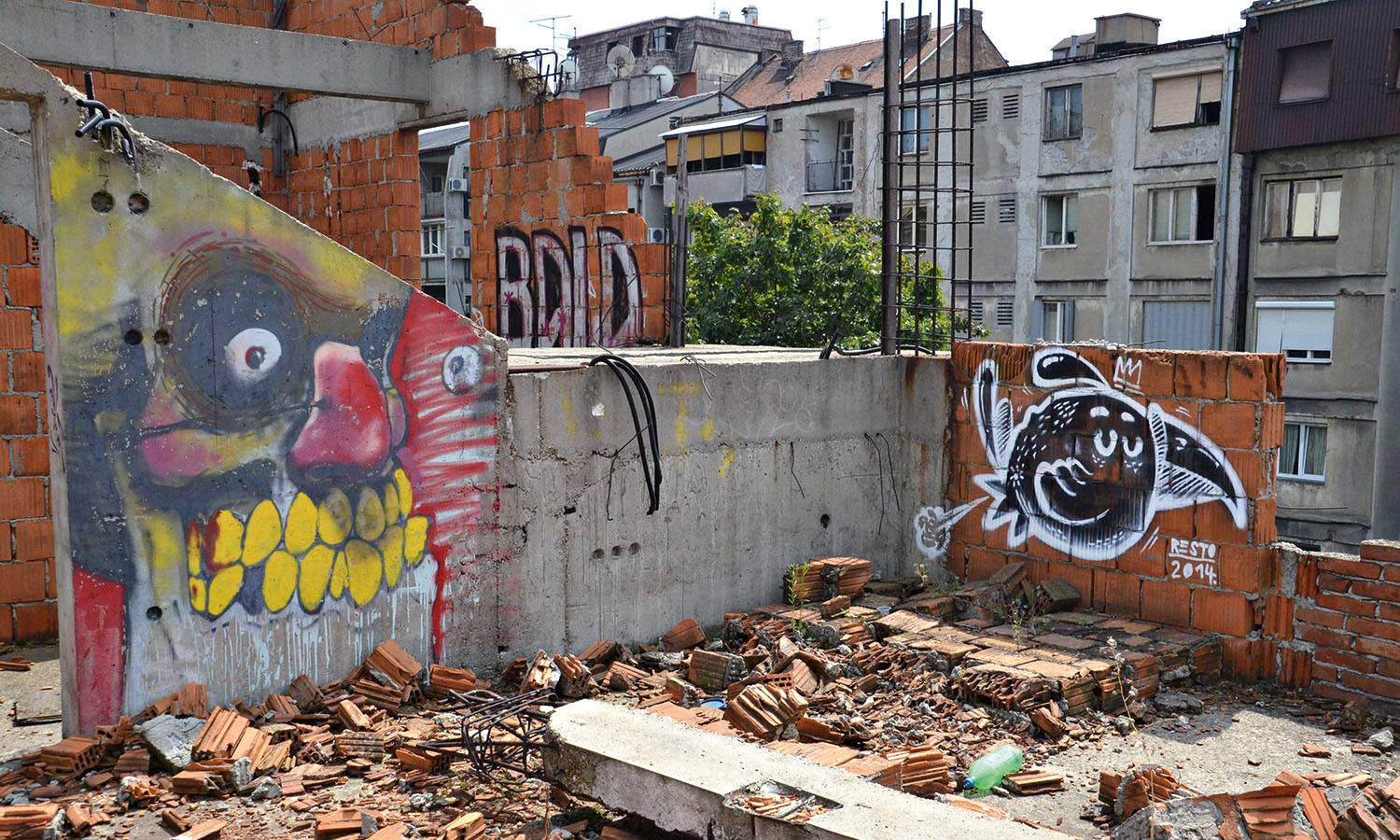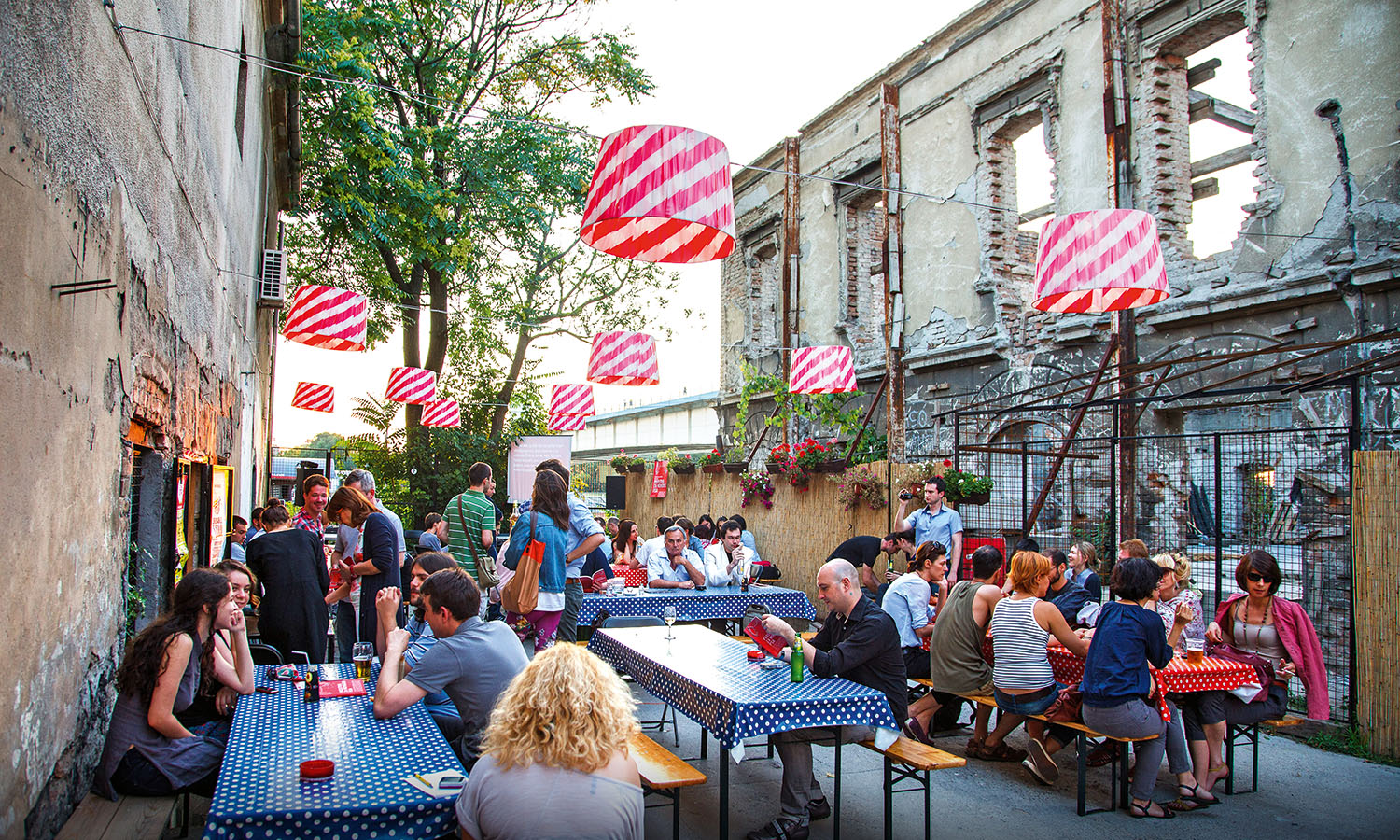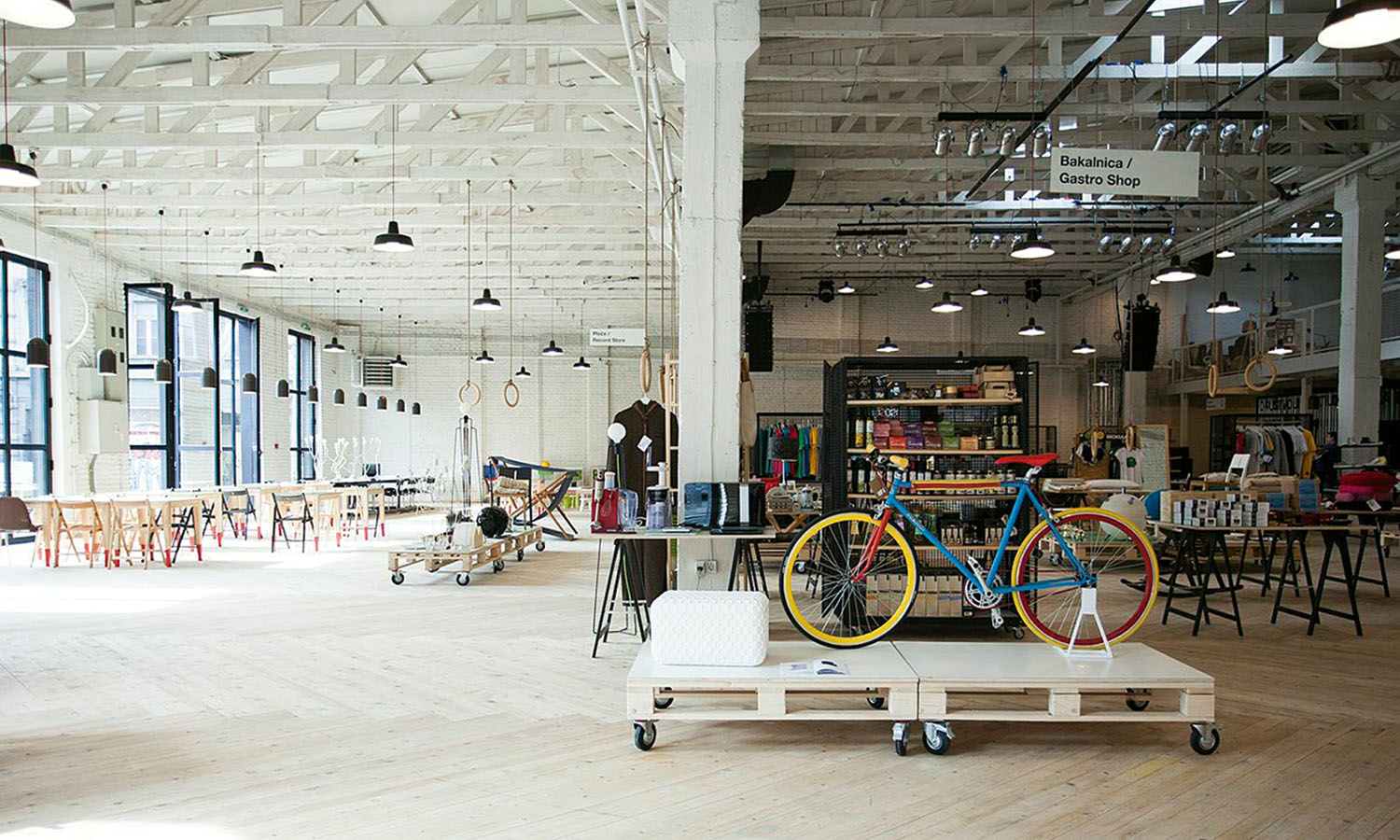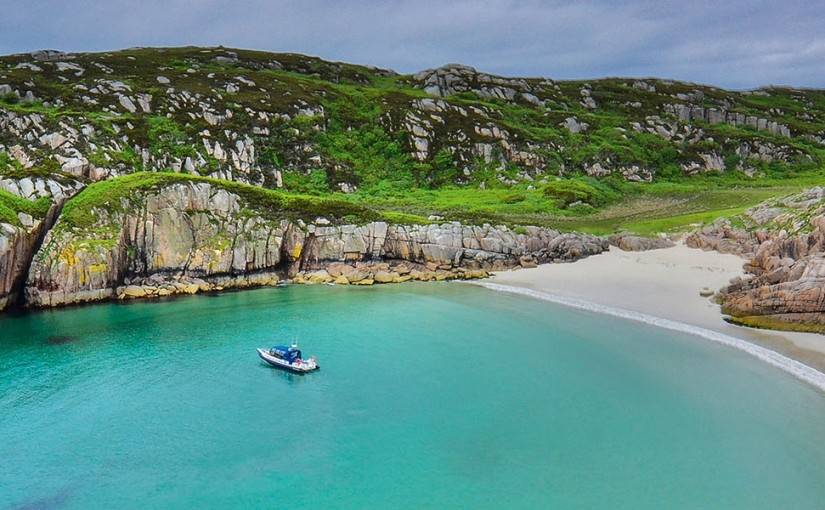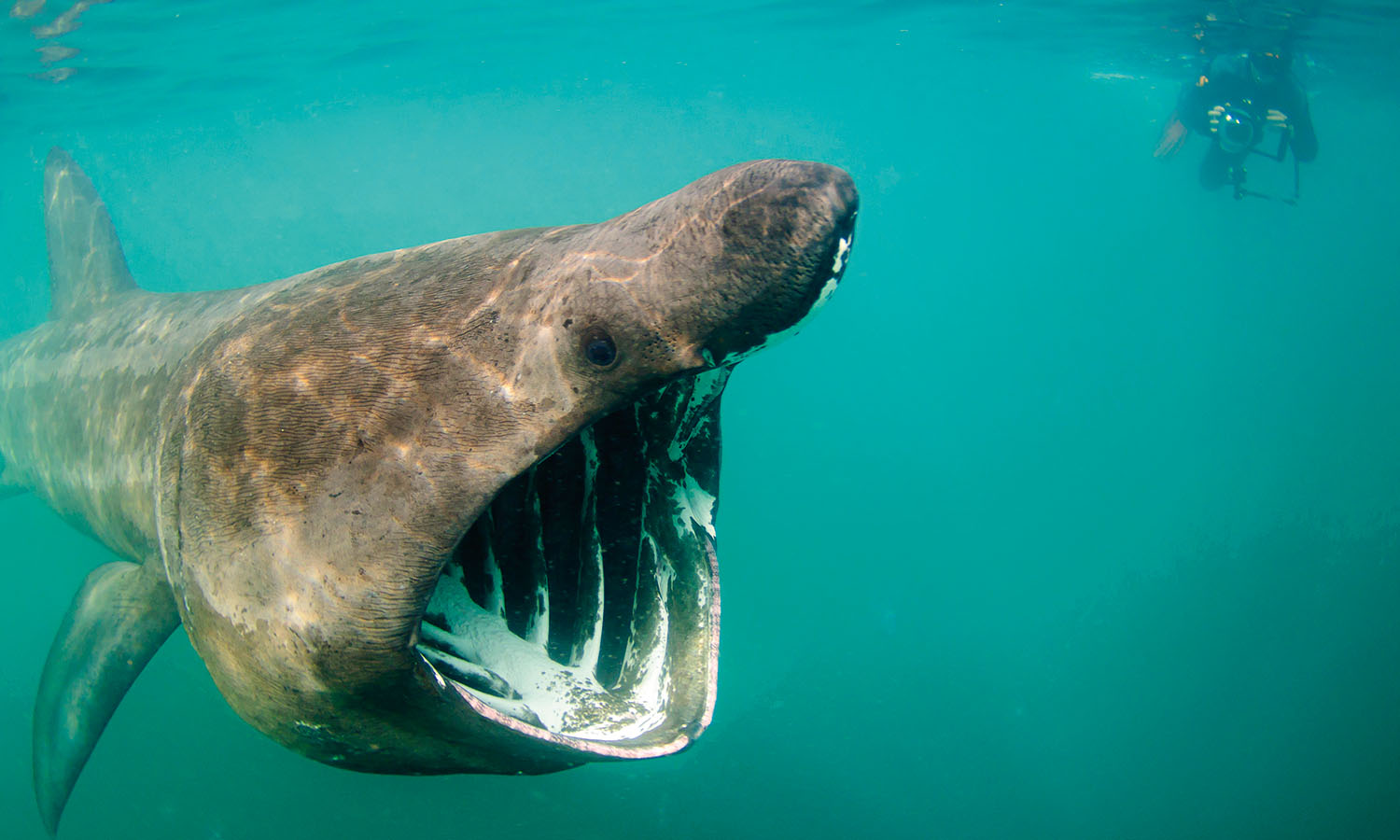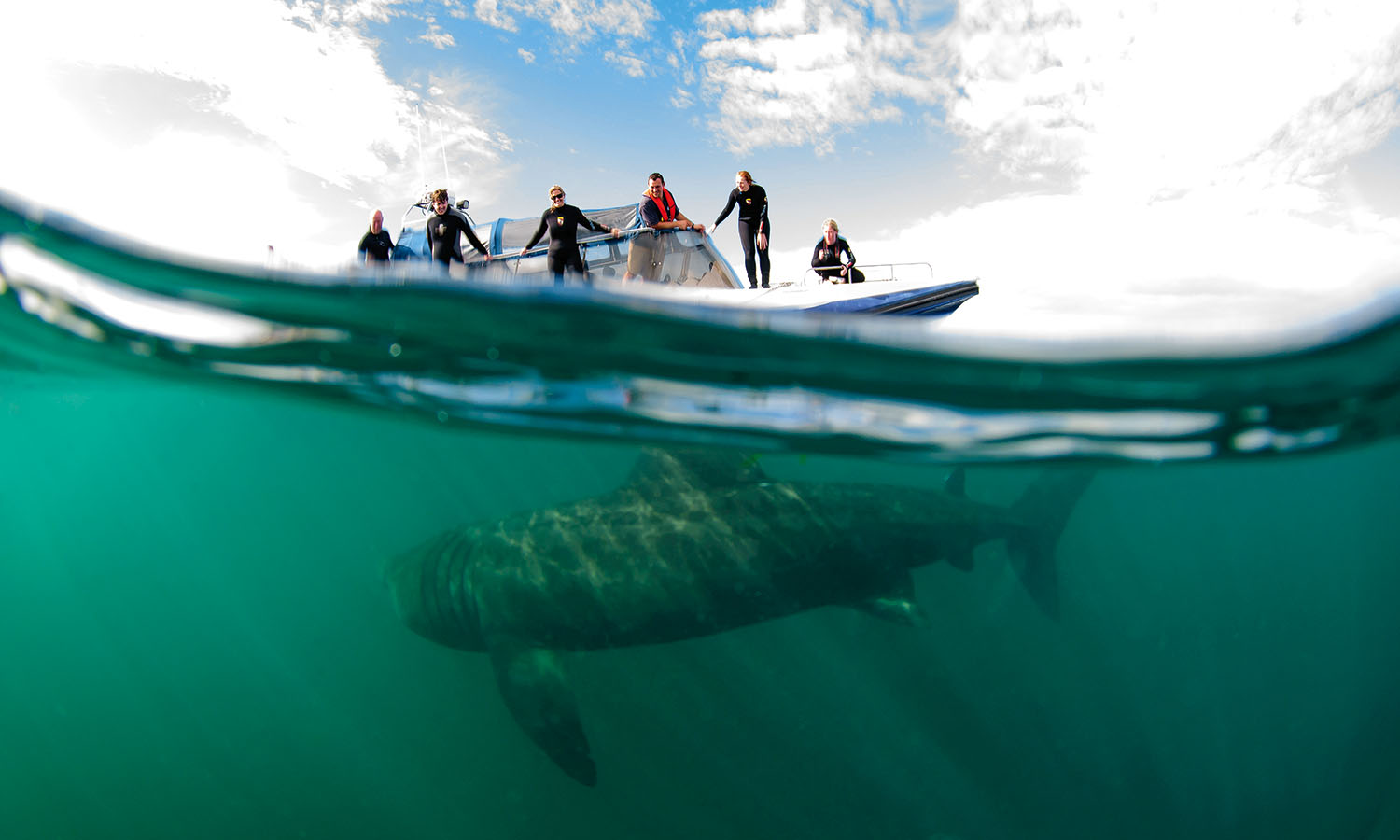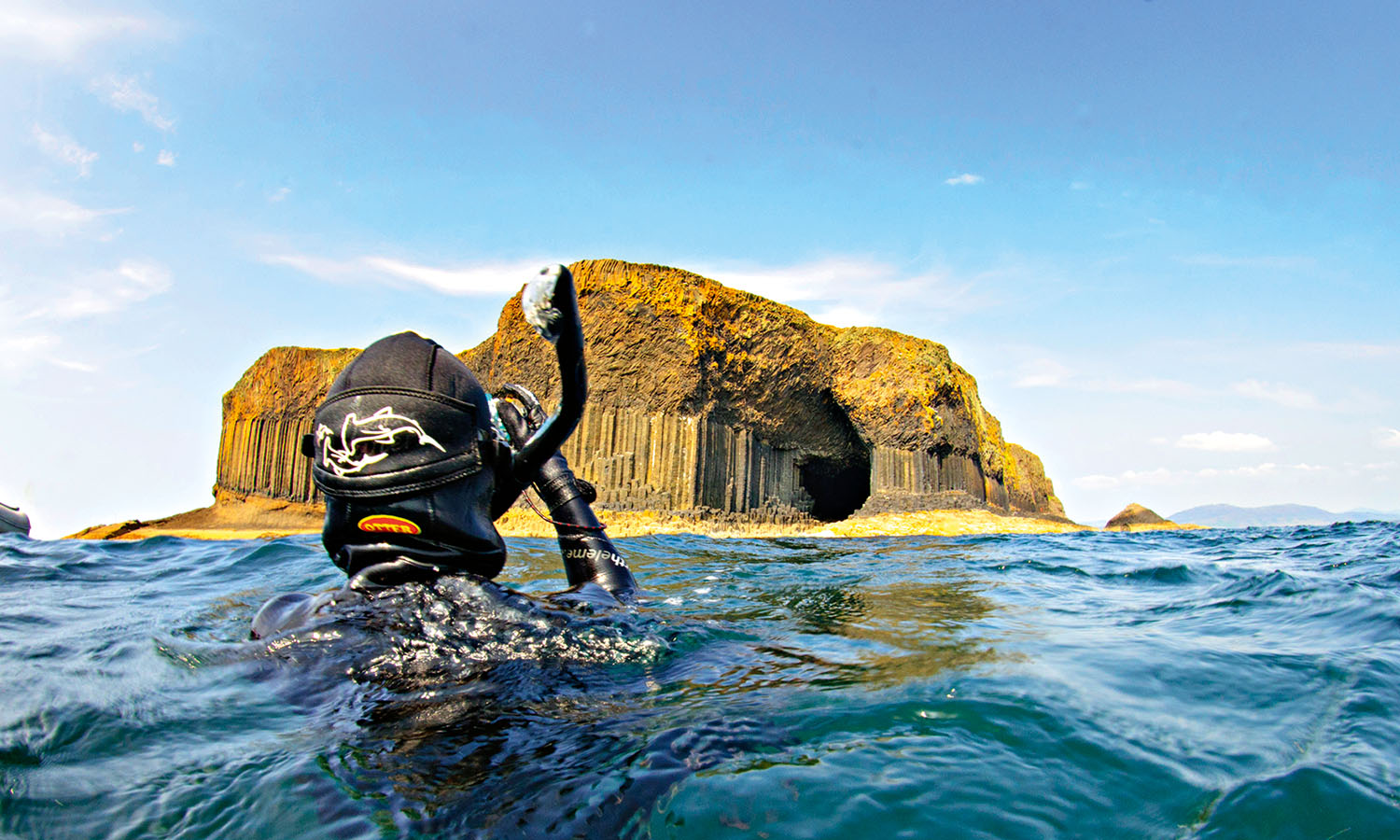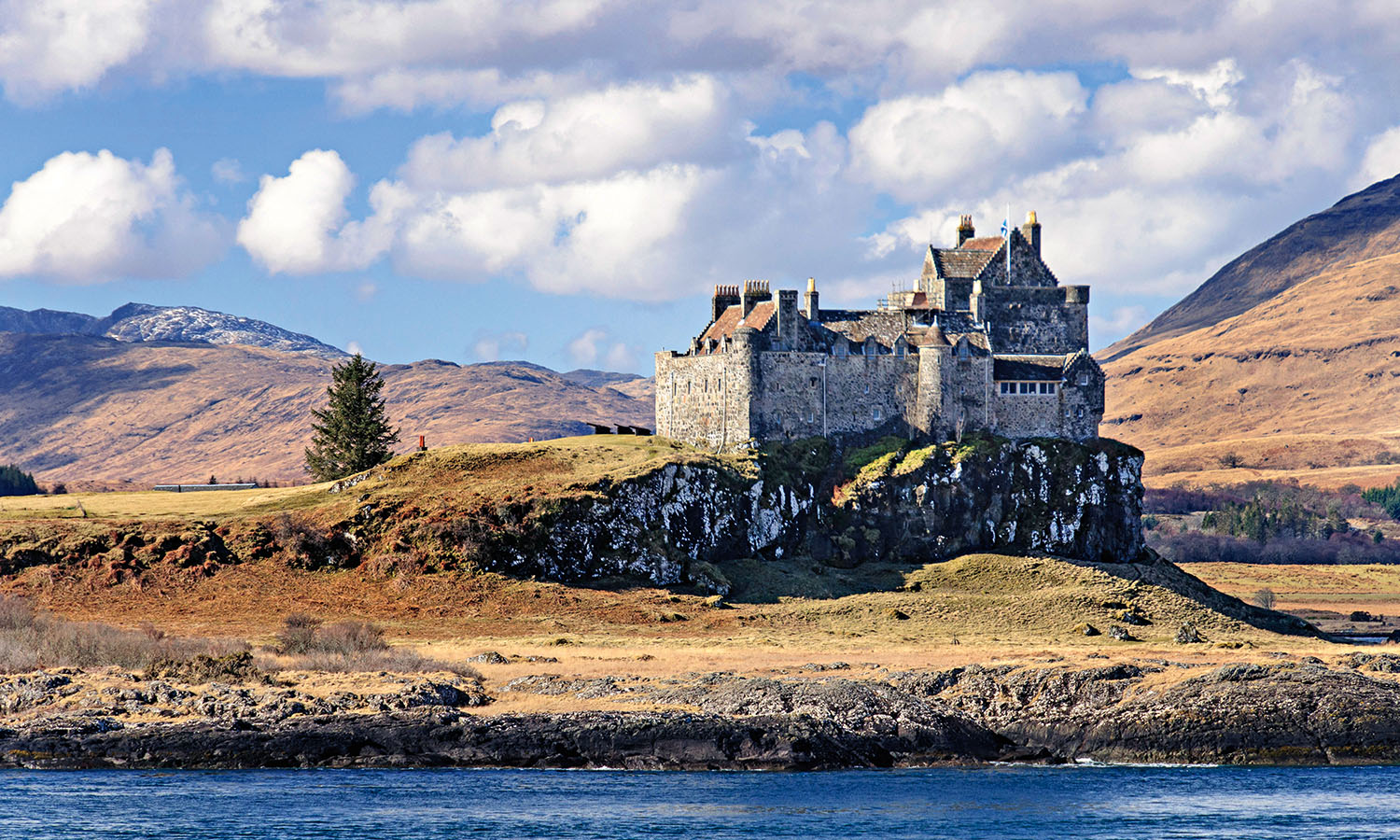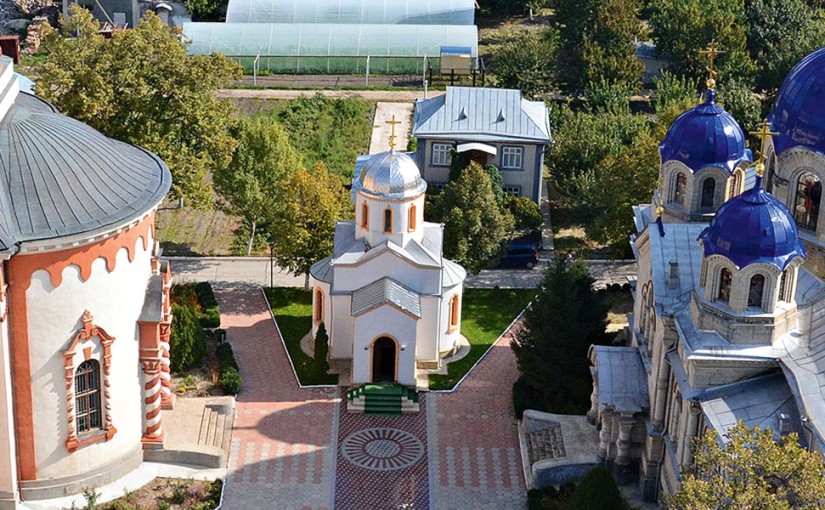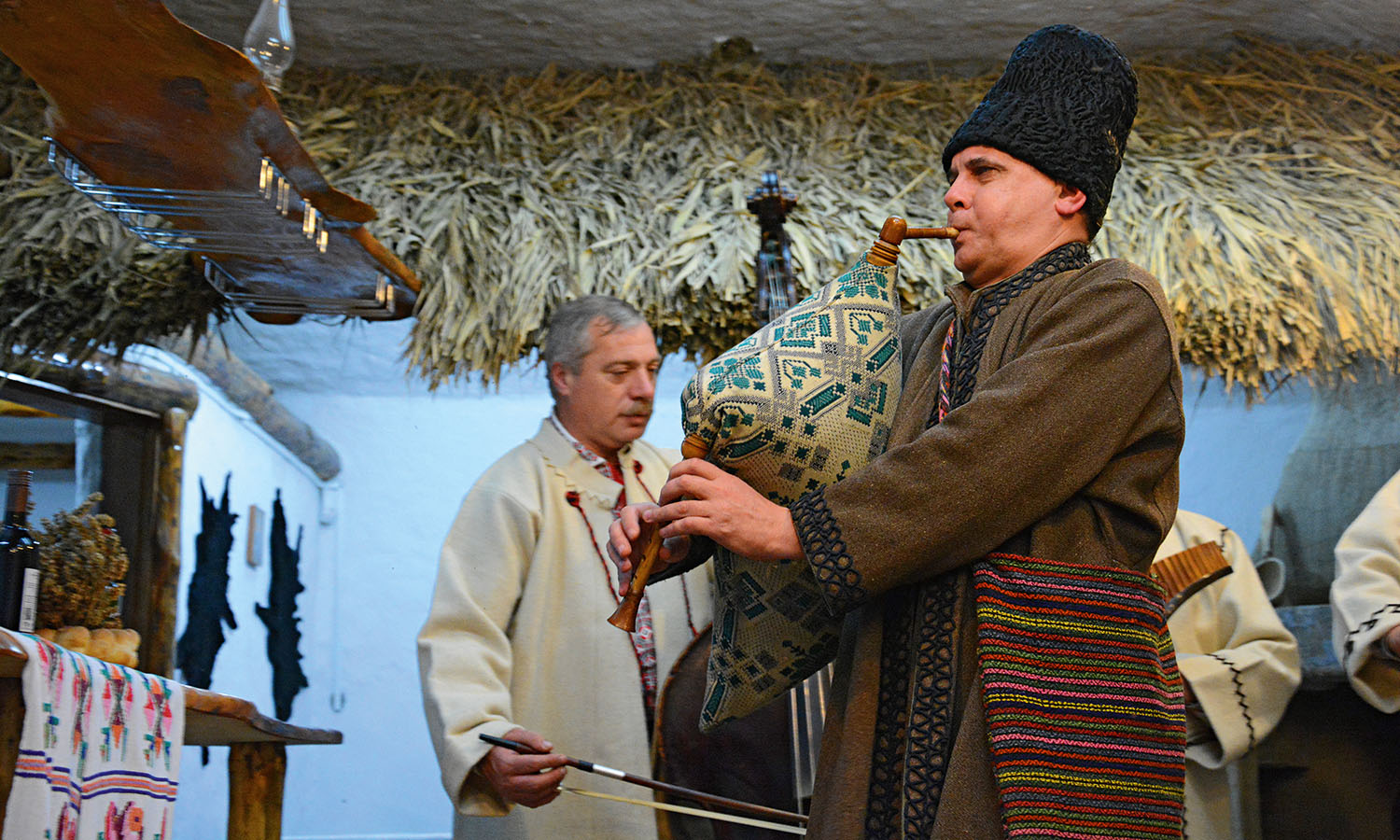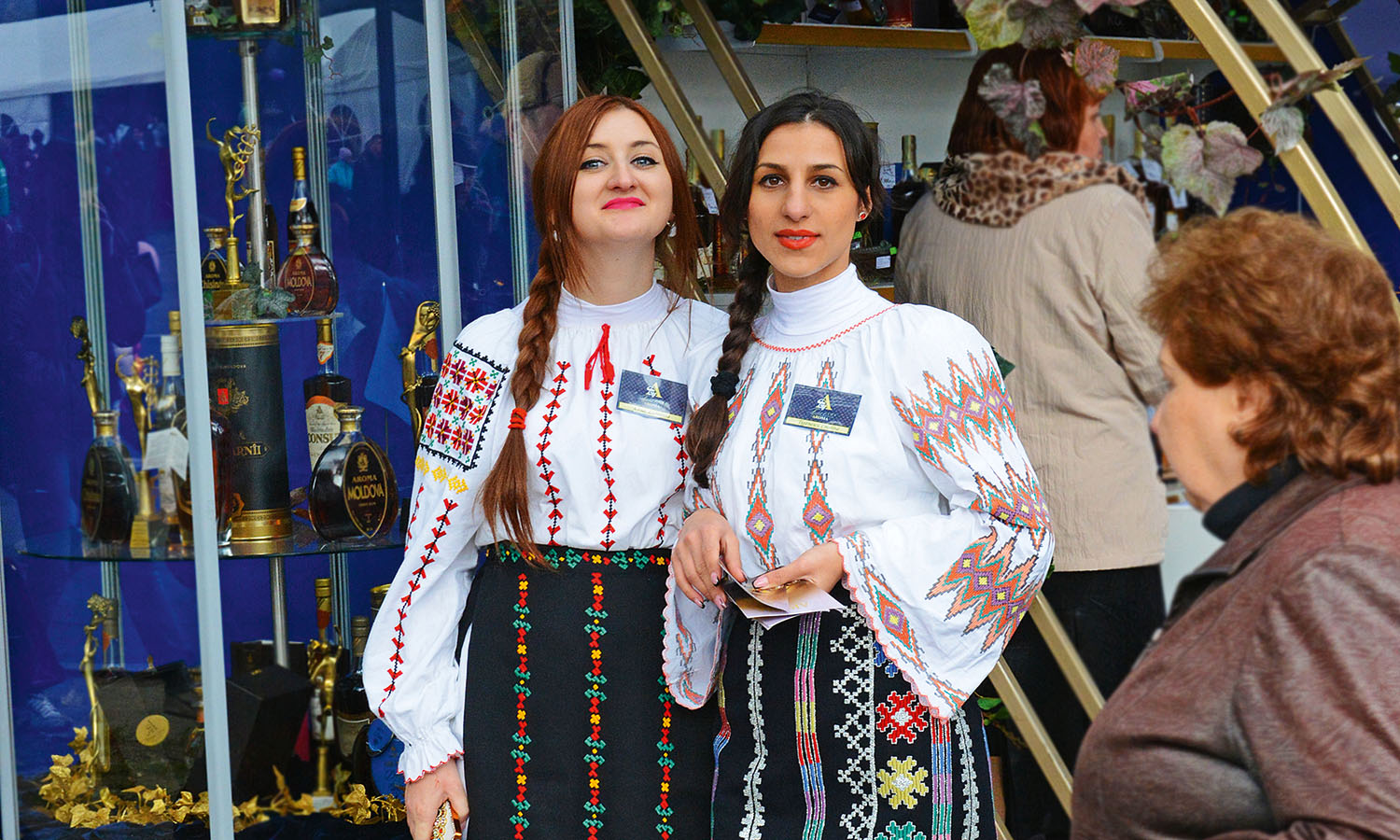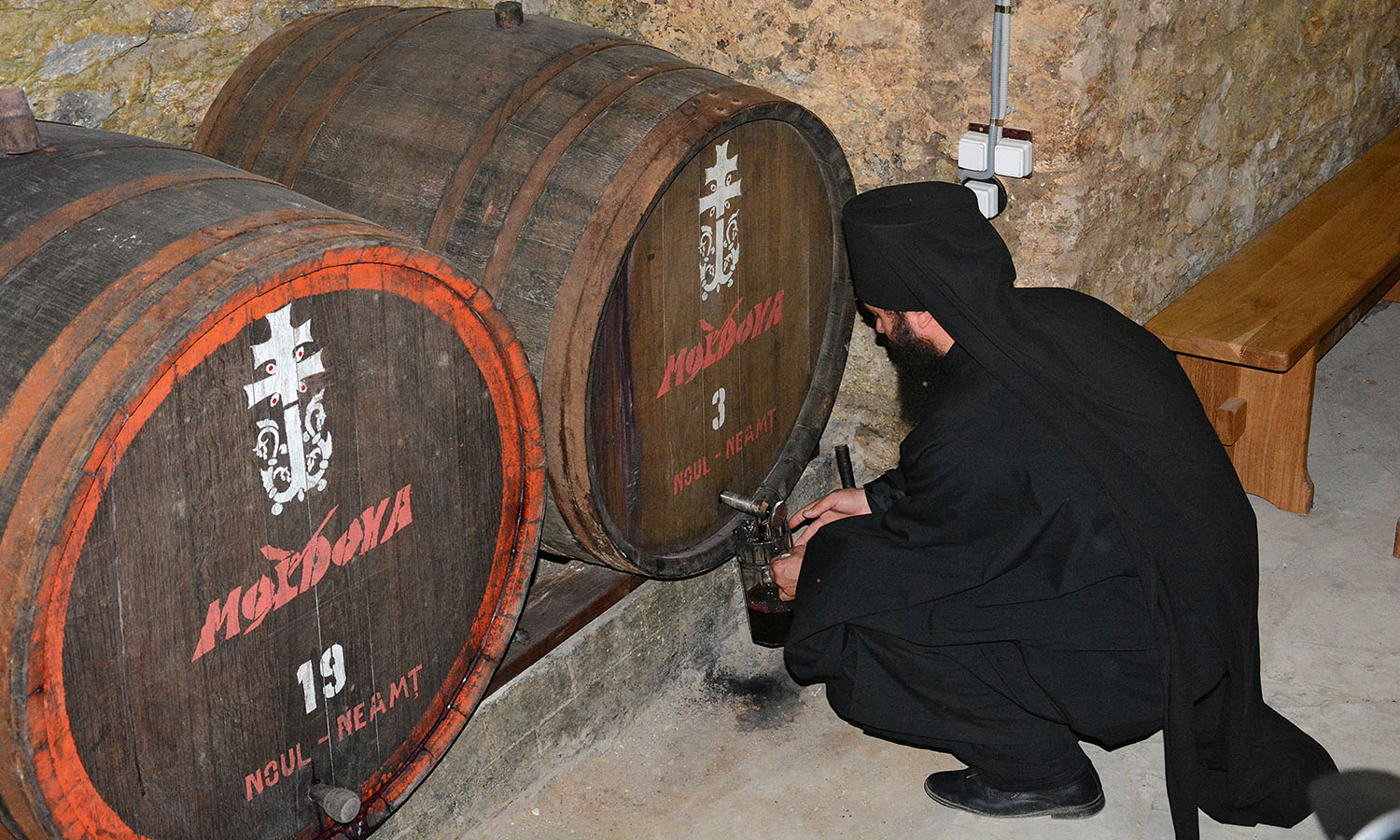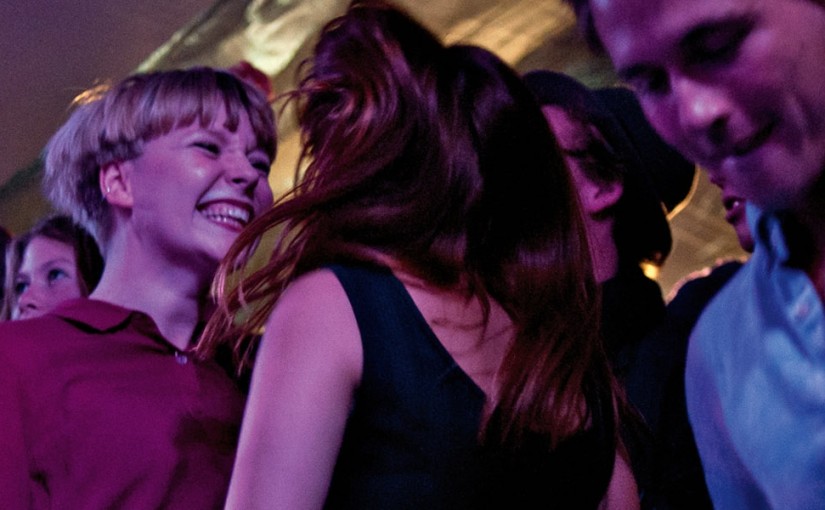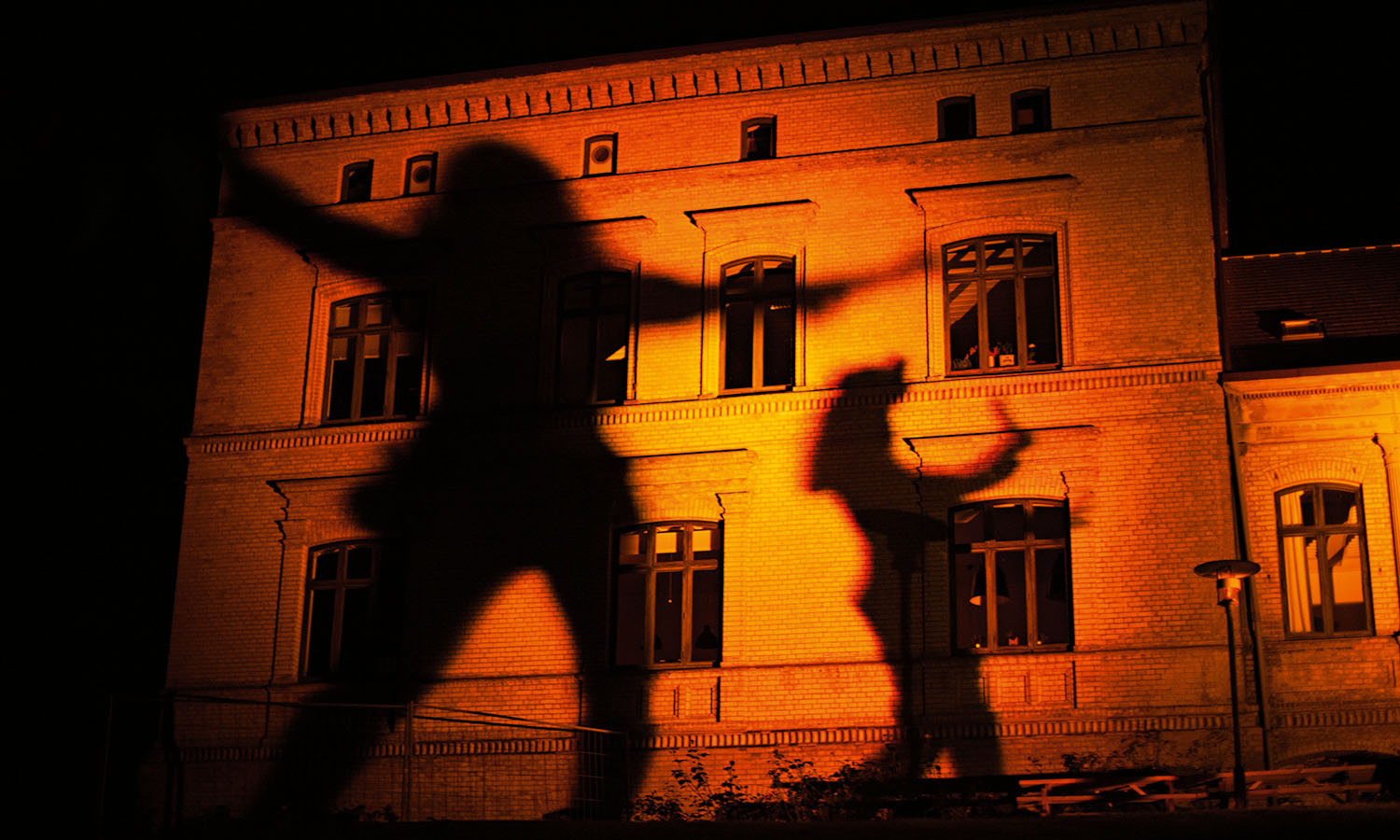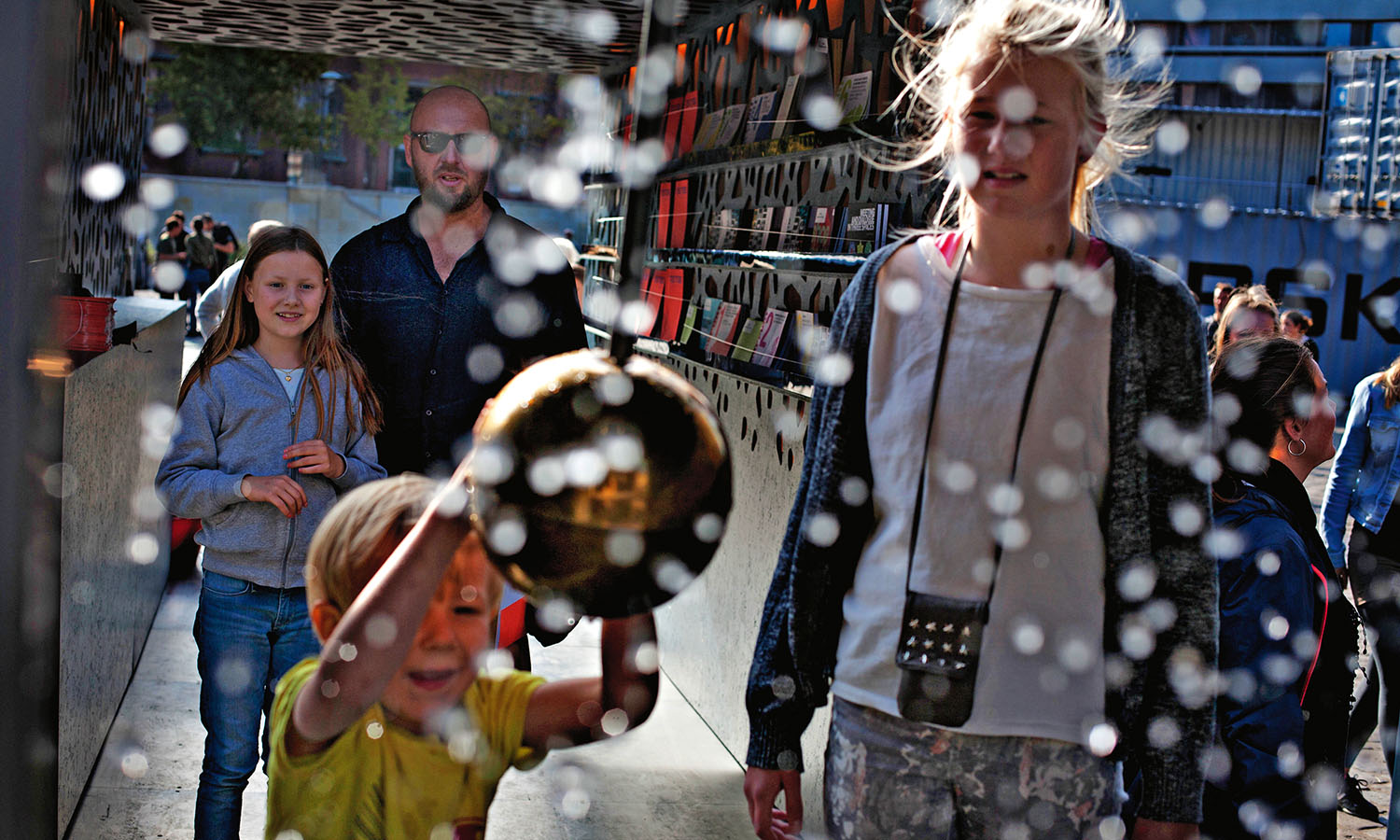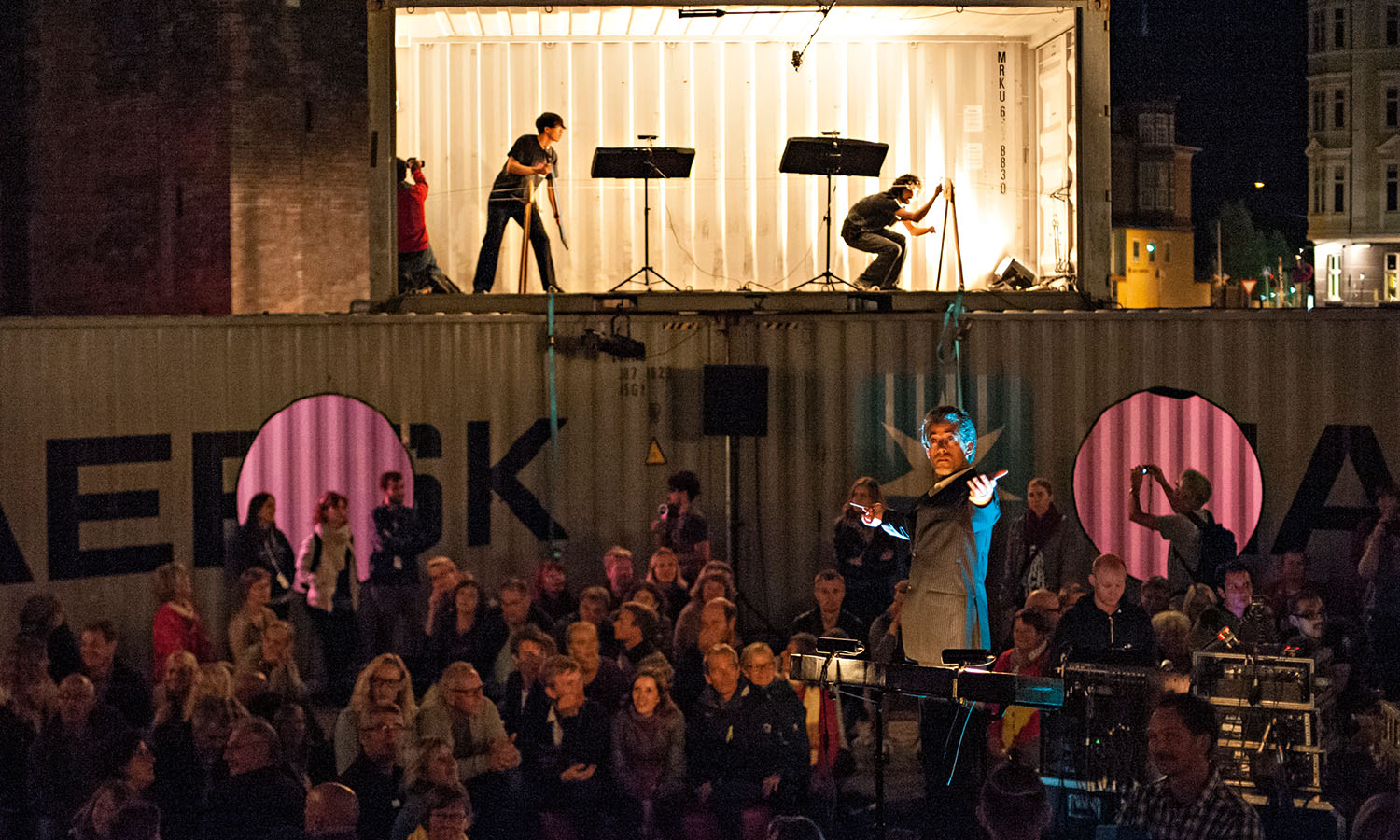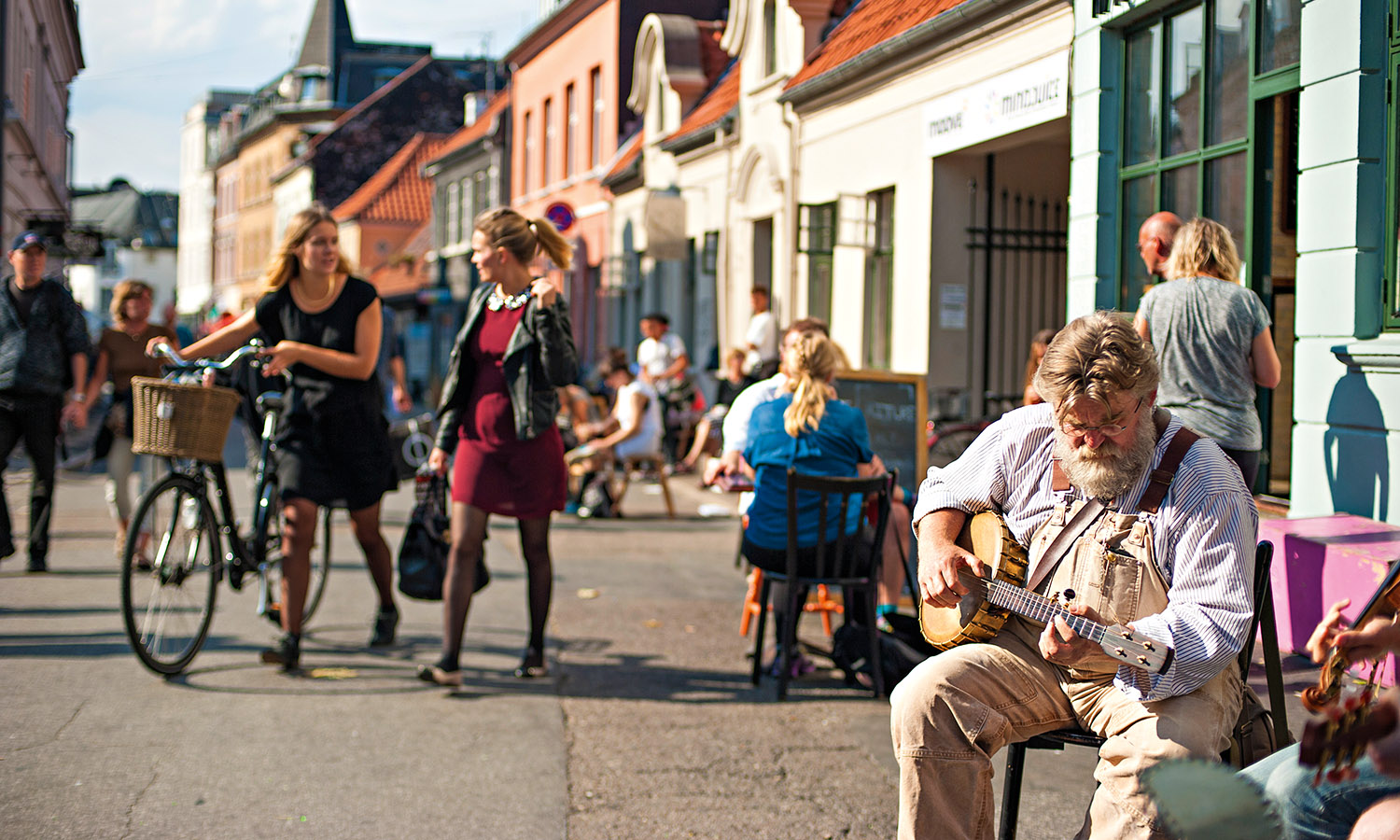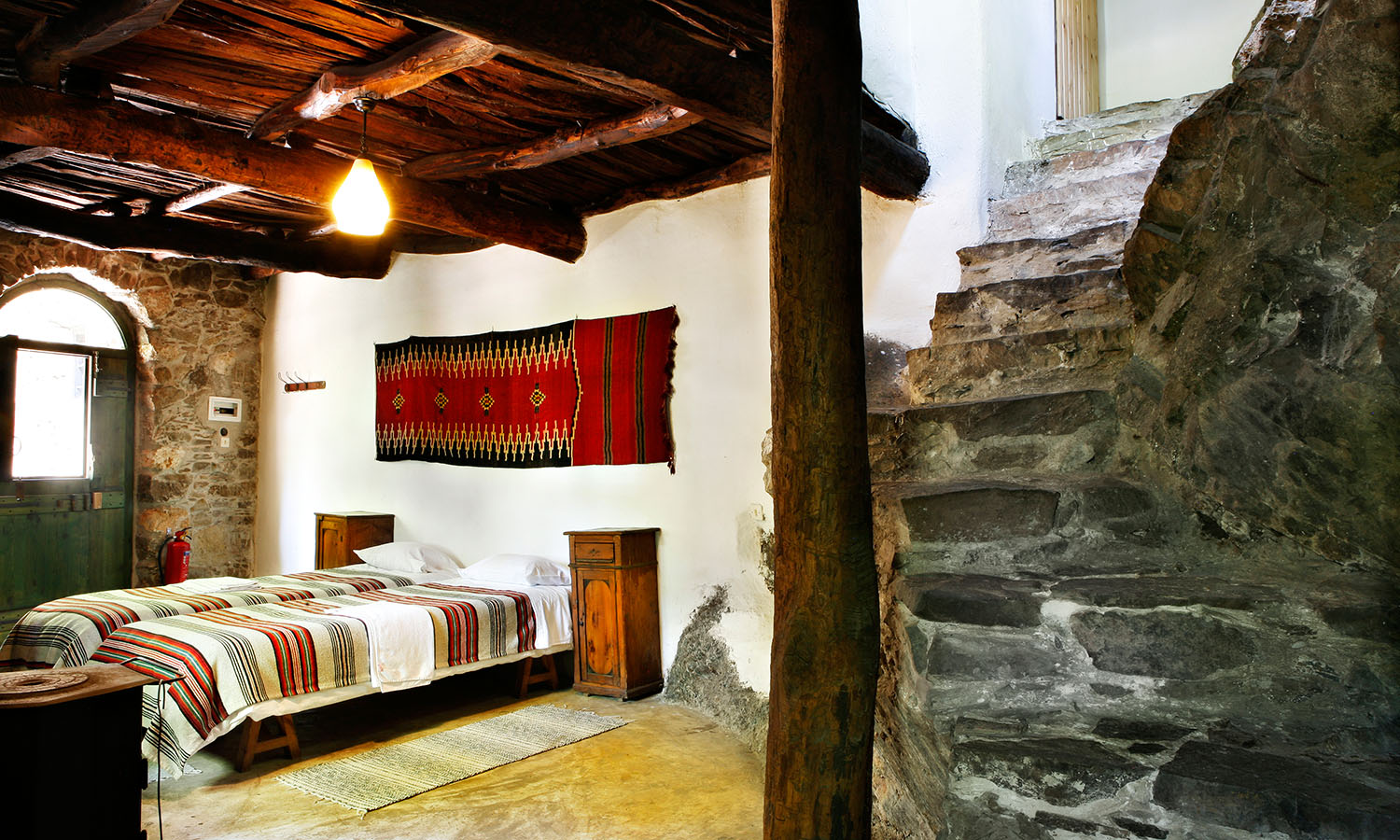Feel your guts lurch and your body throb with pure adrenaline as you hurtle down a bobsled track in the Latvian town of Sigulda. Used by the Olympic team to train, this run is one of just 17 tracks around the world (only a handful of them are open to the public). Strap on a crash helmet, jump into a four-person sled with an Olympic athlete at the helm and whip through 16 turns, smashing speeds up to 110 kilometres an hour over 1,420 metres of ice.
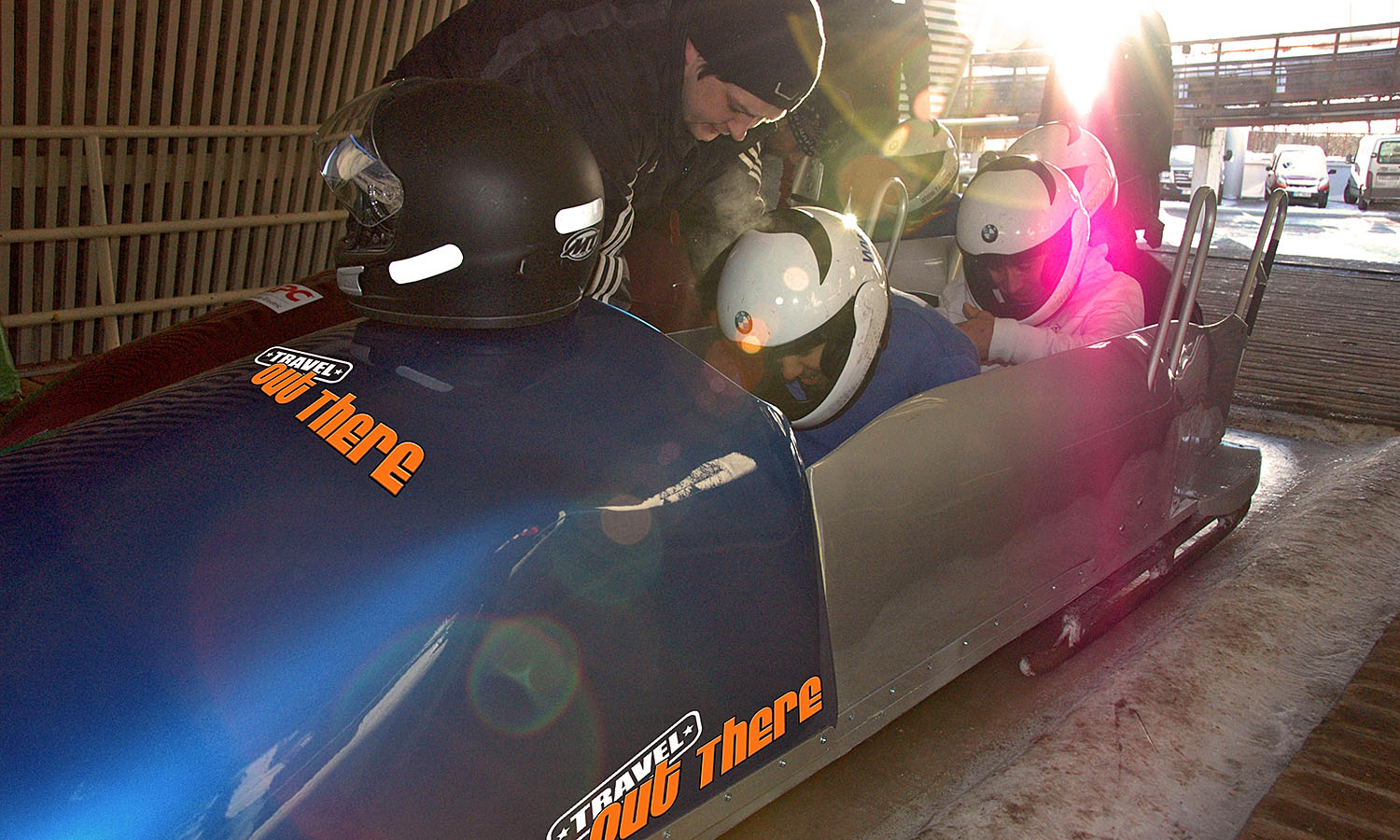

You’ll be at the mercy of gravity and your driver as you hit 5 G-force on ‘the wall’, the track’s final corner. Once you’ve experienced the Olympic treatment, finish with a victory lap on the tourist bob to help your heartbeat return to normal.
region: Europe
Latvia
Tired of city life? Then this Balkan beauty might offer a natural alternative to other Euro destinations. While the capital Riga is charm central – it’s hard to resist its medieval Old Town, the Gothic and Art Nouveau architecture, cultural buzz and hip bars and restaurants – you don’t need to venture far to get away from just about everyone. Just outside of town there are pristine, often deserted beaches overlooking the Baltic Sea, while the Gauja National Park has both scenery and adventure. There’s plenty of hiking and cycling throughout the park’s 90,000 hectares, as well as the chance to go bungee jumping above the Gauja River or hit snowy cross-country trails in the winter. Check out the Gutmanala Grotto or take in the some of the spectacular castles and historic monuments – there are more than 500 of them in the park.
Anyone who loves a party will find Latvians leading the charge, especially in this part of the world. There’s a long tradition of folk singing here, and many pagan rituals and festivals have also survived the changing times. The biggest is Jāņi, a celebration of the summer solstice. Worth keeping an eye open for is the Latvian Song and Dance Festival, normally held every five years. About 30,000 people participate, combining trad Latvian song and dance with more modern popular songs.
Après-Ski in the French Alps
There are prettier resort towns in France than Alpe d’Huez, but from a purely practical sense, this has everything you could want – the Alps’ longest black run, the infamous ‘tunnel’ run, good beginner slopes and reasonable prices. Oh, and it’s also one of the best party spots in the mountains.


Head to La Folie Douce, a spectacular high-altitude club that, unlike many of its counterparts, takes its entertainment seriously. A creative team travels the globe finding the best DJs and performers – musicians, dancers and cabaret stars – and each year comes up with completely new concepts, costumes and productions. It’s the combination of an amazing setting and ever-building vibe that makes this après-ski event just as memorable as your day on the slopes.
Later in the evening you might also want to try Freeride, where the drinks are priced using a stock-exchange model (rising and falling throughout the evening), and there’s a slippery dip to the loos.
Like a Local in London’s Shoreditch
The area is home to the UK’s first cat cafe, Lady Dinah’s Cat Emporium, as well as a mess of bicycle shops, restaurants, markets, canals, parks and pubs. It’s a hub for art and creativity nestled close to Liverpool Street, the stiff-upper-lipped professional centre of London.
 (
(
